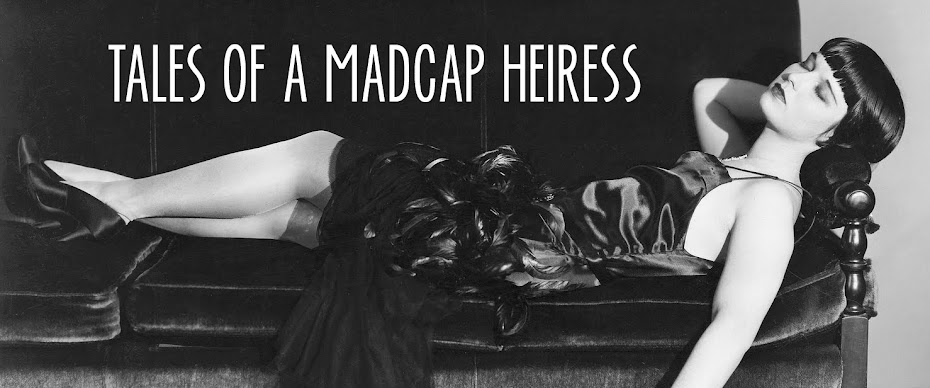Sometimes you love a film for its script or a particular character. In the
case of William Wyler’s The Letter
(1940), it’s the opening sequence.
The Letter is set in British Malaya where Leslie Crosbie
(Bette Davis) lives with her rubber plantation administrator husband Robert Crosbie (Herbert Marshall). One evening Leslie shoots to death an
acquaintance of theirs, Jeff Hammond (David Newell), and is charged with his murder. At
first it looks like an open and shut case: Leslie claims it was self-defense—she
shot him after he tried to make love to her. But soon a damning letter that Leslie wrote to Hammond surfaces. Her attorney, Howard Joyce (James Stephenson), convinces Robert that he must purchase the letter for $10,000 from Hammond’s widow (Gale Sondergaard) who insists that Leslie deliver the money in person. With the letter finally suppressed, the trial ends
with an acquittal. Afterwards, Leslie's husband offers her a second chance but she confesses "With all my heart, I still love the man I killed." Leslie later wanders out into the garden where she finally receives punishment
for her crime.
The
Letter is based on a play by W. Somerset Maugham that was first made into a film
in 1929 (interestingly Herbert Marshall appeared in both films; he played the
role of Hammond in the 1929 version). The Letter may be melodramatic
at times (especially toward the end) and some of the scenes drag in the middle yet all
of this can be overlooked because of its opening sequence.
Bette Davis and Herbert Marshall in The Letter.
The film opens with a shot of the moon and then a sign
that reads "L Rubber Co., Singapore,
Plantation No. 1." The camera pans down a rubber tree that drips latex into a
bucket before moving over to a nearby open-air worker’s compound where men listen to music, play Mahjong, and sleep. Suddenly, a shot rings out from a nearby
house. A white cockatoo flies off and a man stumbles out of the door
followed by Bette Davis with gun in hand. She shoots him. Dogs begin
barking and workers stir while Davis proceeds down the steps, emptying the rest
of the rounds into the man lying on the ground. Staring at him, she
slowly lowers her arm before letting the gun drop from her hand. The camera
zooms in on Davis’ face, which is hidden in the shadows. Meanwhile the workers
are talking loudly and the head boy (Tetsu Komai) stares up at the moon, which
moves behind some clouds, casting the people below in darkness. When the moon
reappears, it casts a light on both the body and Davis who turns and looks up
as if surprised. Workers runs to the body, and the head boy declares “That’s Mr. Hammond.” Davis tells him to come
inside where, keeping her back to him, she asks if he knows where the new
district officer lives and orders that someone send for him. “Tell him
there's been an accident, and Mr. Hammond's dead.” She also asks him to send a boy
to get her husband who’s out on one of the plantations. Turning around, she
notices the workers jammed in the doorway and shouts at them to go away.
Leaving the head boy, she enters another room and shuts the door. He walks into the
living room and picks up her needlework from the ground as Davis can be heard
sobbing. Now that’s how you open a film.
Cinematographer Gaetano
Gaudio’s work here is brilliant. His use of light and darkness, especially the incorporation of moonlight, creates just the right mood. Bars are cast on faces, symbolizing the figurative prisons that characters find themselves in while shadows inevitably hide secrets.
But ultimately the opening
sequence works because of Davis. As much as I like Jeanne Eagels (Leslie Crosbie in the
1929 version) I am convinced that no other actress could have played the scene as well as Davis. There is something about her eyes, the set of her mouth,
her calculating attitude that is perfect. Her delivery, calm and steady (as if she's plotted everything out in advance), immediately puts you on guard, makes you feel uneasy. In another actress’ hands, the
character may have come across as hysterical, someone to sympathize with. But Davis knew exactly how Leslie should act and in her hands it becomes a classic performance in an amazing opening sequence.



.jpg)
No comments:
Post a Comment